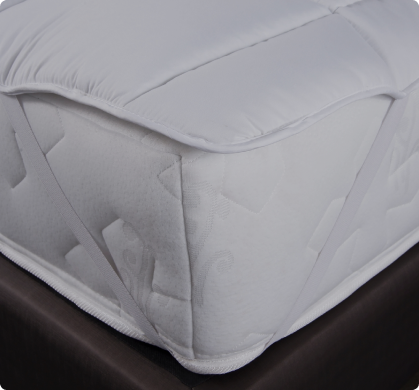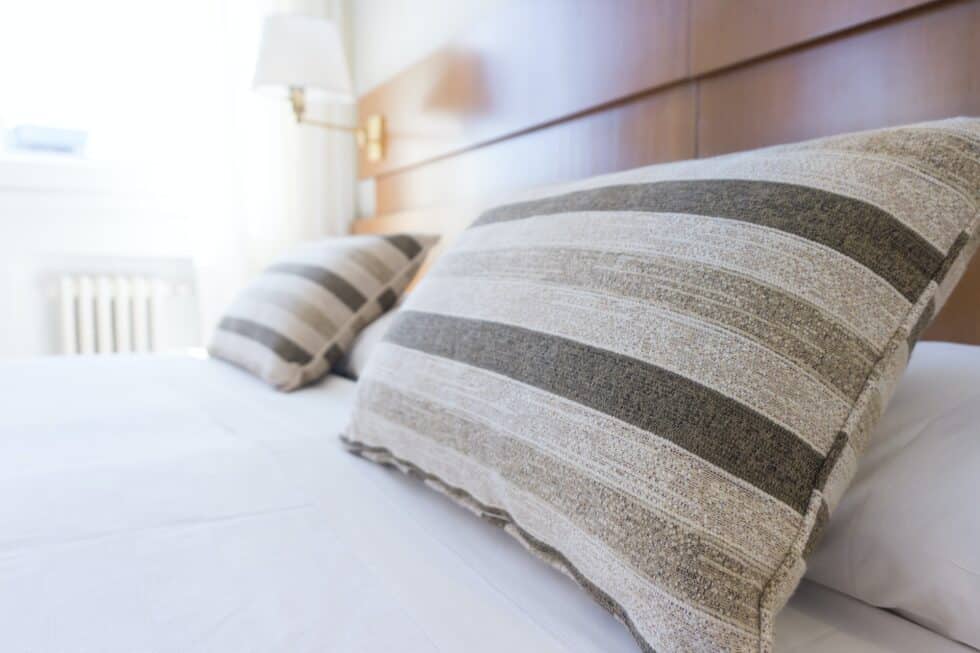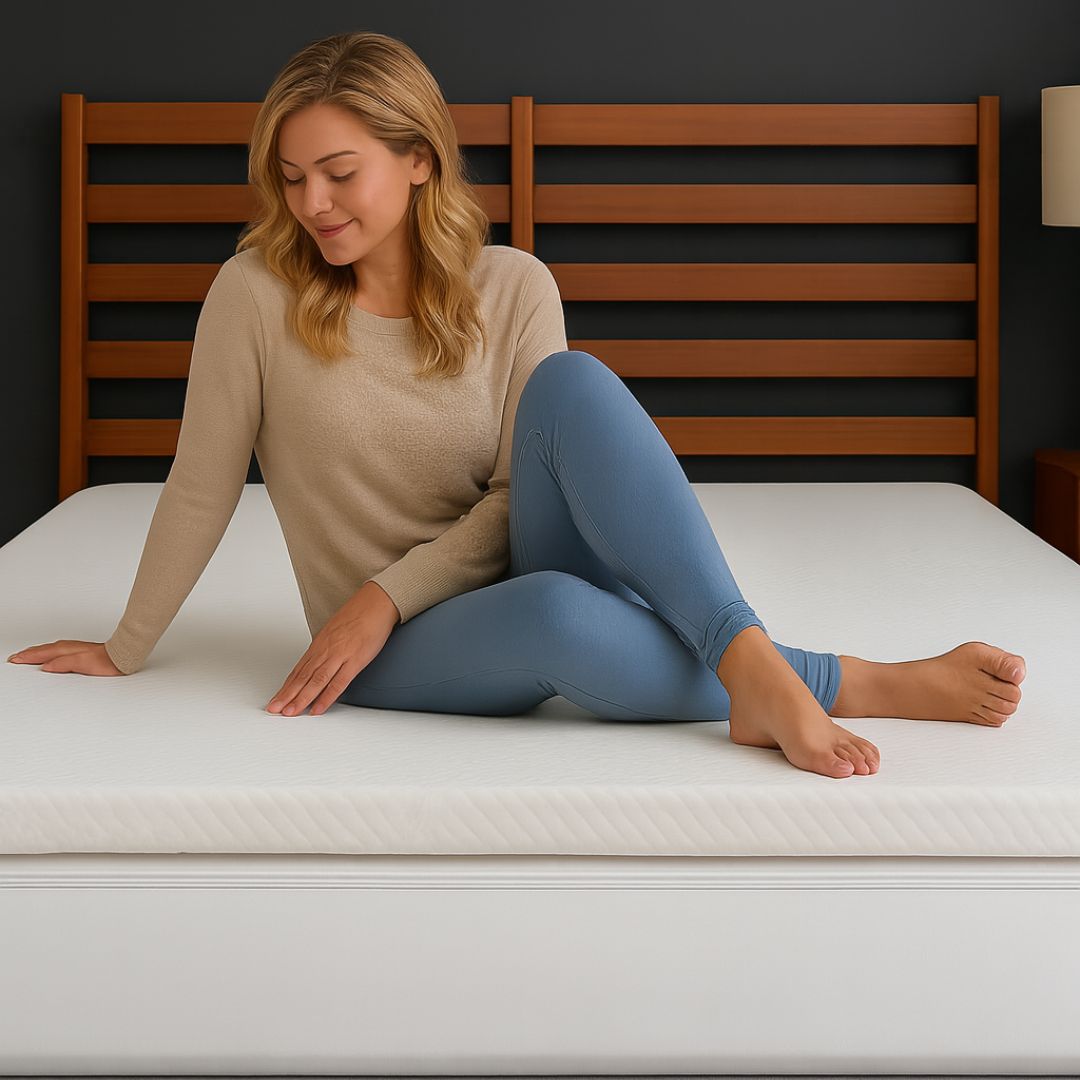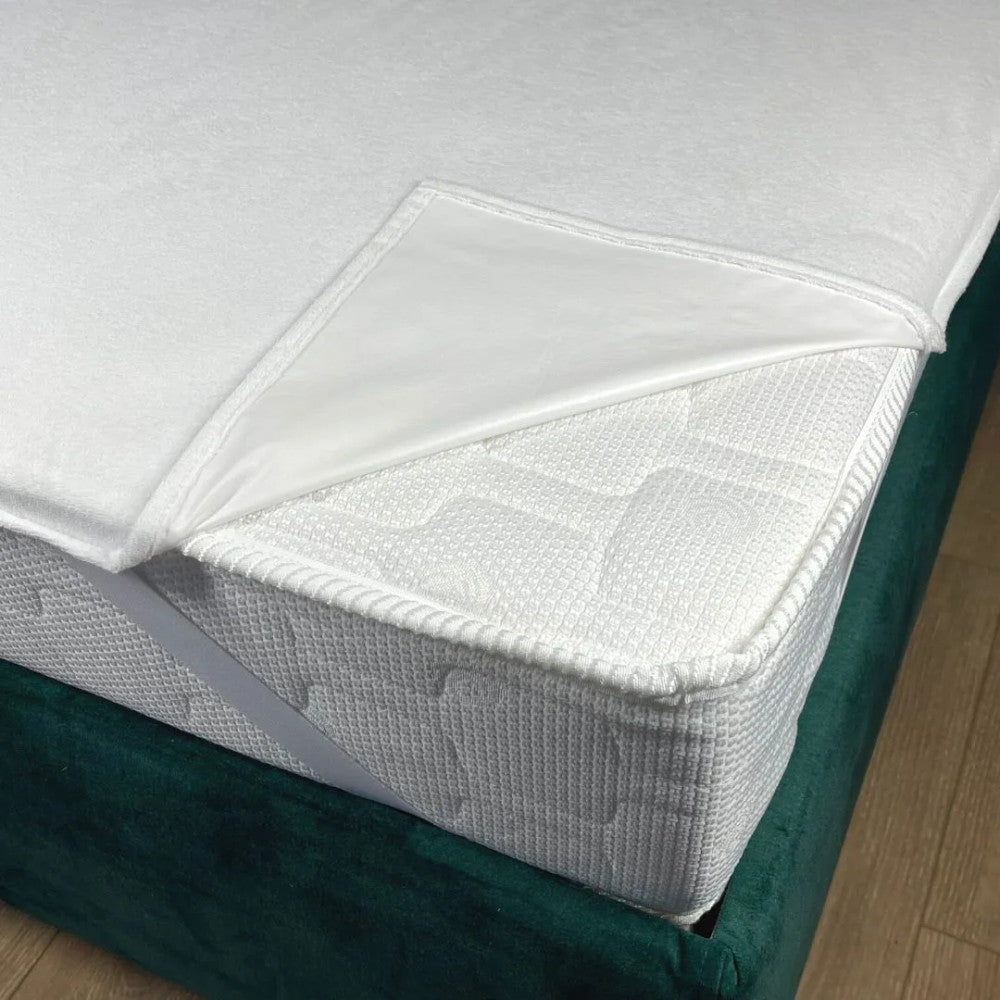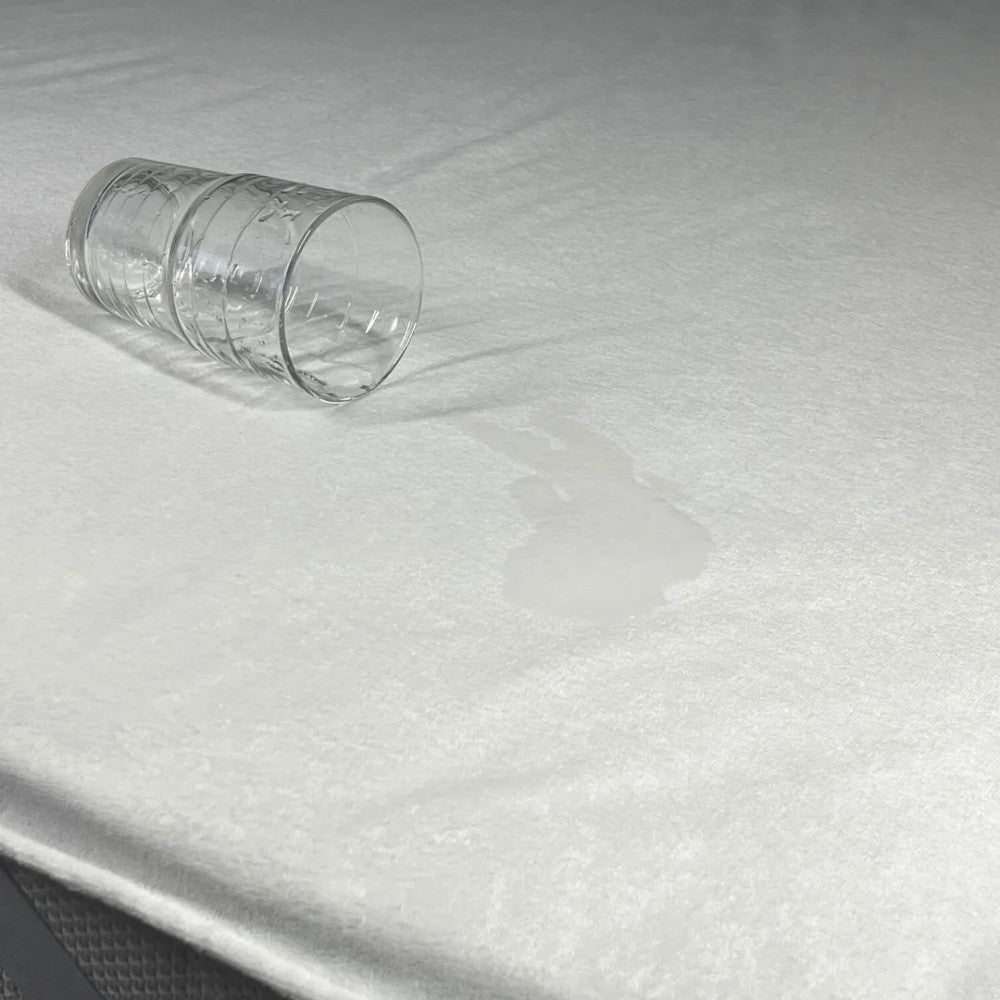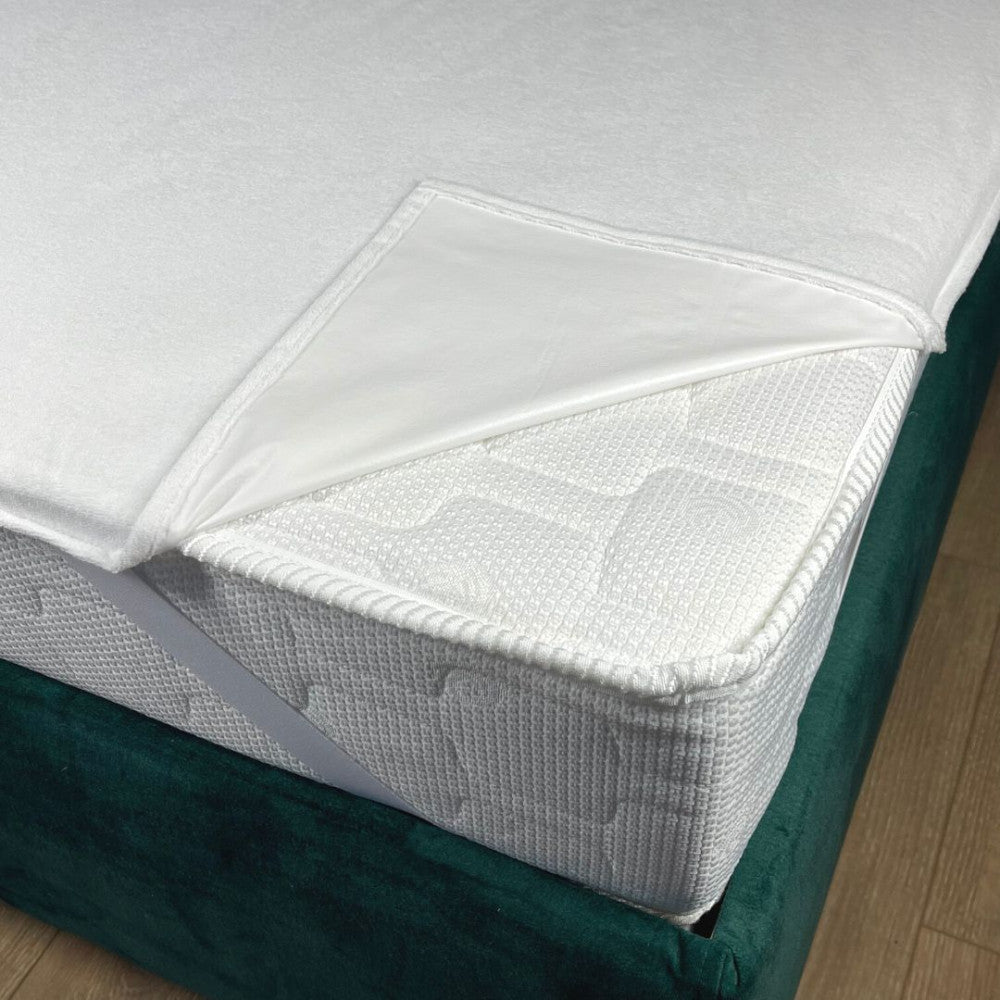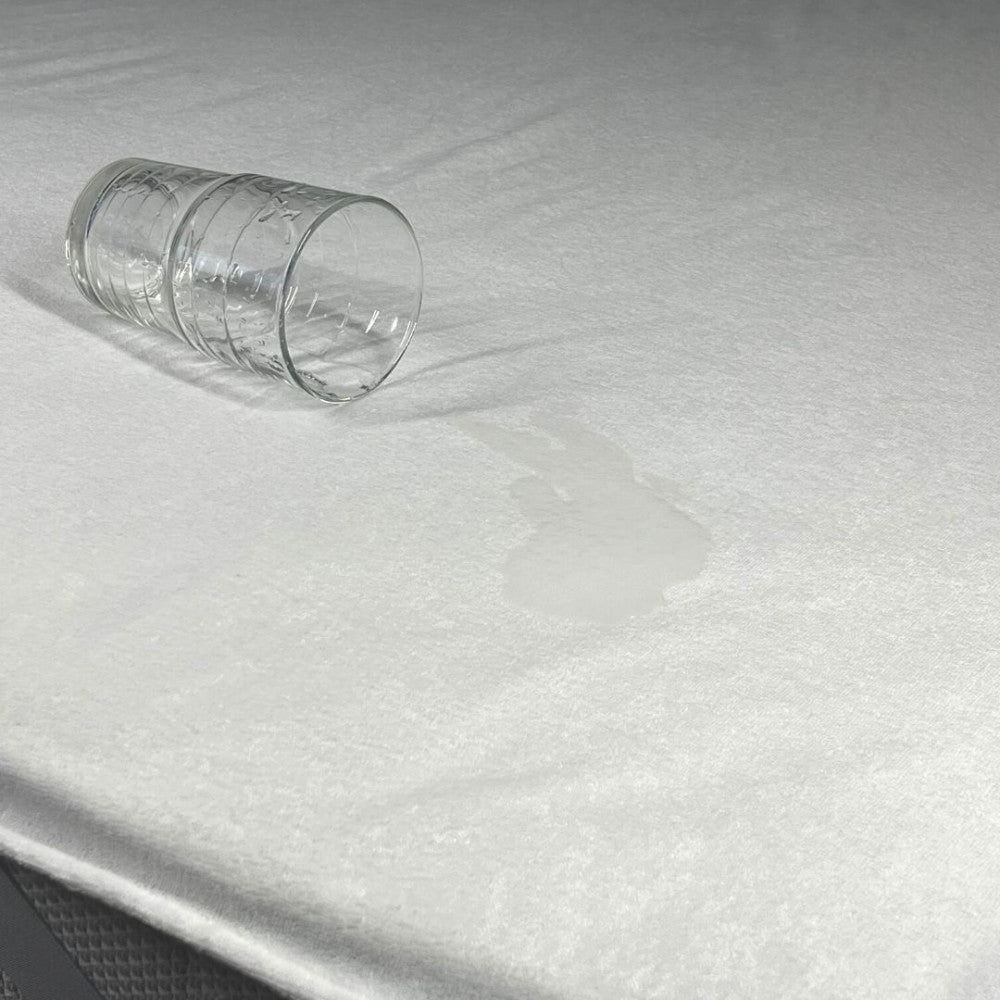If you also sneeze in the morning, your palate is itchy, and your nose is runny, you may be suffering from a dust mite allergy.
Because your pillows and duvets are teeming with dust mites, which produce allergens, symptoms may be most noticeable in the morning and evening.
Although regular and thorough cleaning helps kill these parasites, as an allergy sufferer, it doesn't matter what kind of filling you buy for your pillows and duvets.
But what causes dust mite allergy?
In general, allergies are caused by allergens that trigger an acute, inflammatory reaction in your body. These allergens can be anything from peanuts and various seeds and nuts to pollens, molds, and dust.
The human body should not have an incorrect reaction to these substances, but due to our current lifestyle, the immune system is so overstimulated that it often perceives natural, harmless substances as a threat.
You may come into contact with allergens many times throughout your life without experiencing any symptoms. However, your body may decide at any moment that dust mites, for example, are now a threat to it.
In this case, the body essentially overreacts and develops antibodies that trigger the allergic reaction.
It's a bit unclear why some people develop certain allergies. You may have inherited them from your parents, but it's also possible that they develop completely spontaneously and then go away after a while.
Dust mite allergy
Dust mites are tiny creatures, about a quarter of a millimeter long, that thrive in dark and damp places.
That's why they love duvets and pillows, where there are lots of dead skin cells to feed on. And they are really attracted to them, as it's not uncommon for a bed to have a dust mite population of up to 10 million.
Dust mite droppings produce an allergen that people are particularly sensitive to, and which you can easily breathe in while you sleep. This causes various symptoms.

Symptoms of dust mite allergy
The symptoms of dust mite allergy are similar to hay fever, but can occur year-round.
These symptoms may include:
- itchy, red or watery eyes,
- runny nose,
- nasal congestion,
- itchy nose,
- sneezing,
- the cough,
- difficulty breathing or choking.
However, dust mite allergies can also cause various skin symptoms, such as hives or eczema. So if you experience these, you may want to consider hypoallergenic duvets and pillows.
Hypoallergenic or antiallergenic? What's the difference?
It is worth knowing that an anti-allergenic pillow is made of a material that does not cause an allergic reaction.
And the material of a hypoallergenic pillow prevents allergens from penetrating the pillow, so the latter may be a better choice.
Tip: You can provide effective protection by combining the two, i.e. with an anti-allergenic pillow. you choose a hypoallergenic pillowcase .
How often should you change your bedding if you have allergies?
Like so many things, we often put off changing our duvets and pillows longer than we should.
As a rule of thumb, experts recommend replacing your pillow every two years and your duvet every five years.
This way, you can get rid of not only dust mite allergies, but also stiff, sore necks and backs, as pillows lose their support significantly after a year or two.

This is the type of bedding you should choose if you have a dust mite allergy
Many people mistakenly think that if you have allergies, you should pay attention to what your pillows are filled with. However, believe me, dust mites absolutely don't care what your pillows are filled with.
What is much more important is the outer material of the pillows and how often and how you clean them.
You should therefore choose bedding that can be washed at a minimum temperature of 60°C or higher.
If you wash your bedding at a high temperature at least once a month, you have already done a lot to keep your bed free of dust mites and their droppings.
Unfortunately, pillows and duvets filled with 100% silk or other natural materials such as cashmere or feathers cannot be washed at 60°C. However, an additional difficulty is that synthetic fabrics and fillings, for example, are usually too warm for people with eczema.
That's why it's worth choosing natural fillings such as cotton, wool or bamboo fluff.
Other ways to prevent allergies
While purchasing and caring for the right bedding is one of the best ways to prevent allergic reactions, there are plenty of other ways you can alleviate symptoms.
Unfortunately, pets are prone to dust mites, so if they are indoors, it is best to give them a well-separated area. But most importantly, you should never let them get on your bed.
It's possible that you're not dealing with a dust mite allergy, but with a pollen allergy that also causes very similar symptoms. If your symptoms only occur intermittently, such as in the spring and summer and not in the winter, it's worth getting yourself checked out (although we highly recommend this before you take any further action).
You can also buy special allergy air purifiers that remove airborne particles and help reduce symptoms, but they are much more expensive than new bedding and are less effective.



